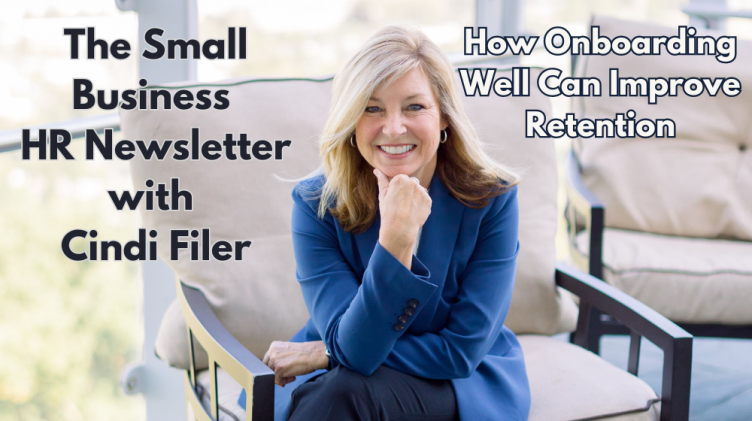How Leadership Development and Mentorship Programs Can Change Your Small Business
I know CEOs and Business Owners are tired of hearing that salaries and bonuses across the board are skyrocketing. Running the numbers and realizing the weight that has on your small business is a little overwhelming. However, I do think there are free ways to retain and hire and can dramatically affect your organization.
One way that I have seen to Retain and Hire that costs no money is to develop Leadership Development and Mentorship Programs within your organization. Before you roll your eyes and think this is a huge waste of time and money, watch this 2-minute video where I talk about some ideas that we have advised big companies like Delta Airlines and small businesses. Both have had a ton of success:
You know the saying, "It's the thought that counts." Leadership Programs are about creating a space where your employees know they are being invested in. Creating these programs is not a ton of work, and the program can be as big or small as you want it to be. We have seen some companies go all out and put a lot of time and money into "building the program" as a recruiting strategy that we believe does work. Or we have also seen book studies led by managers every two weeks at lunch also work. I think Book Studies with your team is a great place to start. Books like "The Ideal Team Player" (we give this to all of our clients when they start a search with us: Hungry Humble Smart) by Patrick Lencioni or Raving Fans by Ken Blanchard if you are looking for a Customer service type book are two great suggestions for your first book study.
When it comes to Mentorship Programs, younger people are starving for it. I tell this story about my son, Matt Filer, all the time. When Matt graduated from the University of Georgia (Go Dawgs), he had 3 different job offers. One was a sales role with a very established payroll company and one was at a company who offered a Mentorship Program where Matt would spend 15% of his time being developed by two different managers. Matt chose the job with the mentorship program for 25% less of salary. I will say that again: 25% less salary!
Putting these programs together show you CARE about your teams. Do it and watch your retention rise. If you do not know where to start, I am happy to talk to you about this! Here is my Calendly. I do 30-minute consultations, and I love talking about this subject.
Here are a few more things that can help with the HR side of your business:
1. The HR Quiz: If you have no idea where you are at when it comes to HR in your business, we developed an HR Quiz to get you thinking about some areas that we thing are really important. Should only take you 5 minutes and should be worth that time to see where you stand.
Press on image to go to the quiz
2. Our HR Audit: You know you need help with your HR, but you do not know where to start. This is the tool you are looking for! Starting at $2,500, we do a full examination of your HR practices (compliance, retention, talent, compensation, etc.) Link to that is below or you can message me or email me to get started:
Press on image to go to link and get a quote for an HR Audit
3. We love helping companies hire for their office positions. This will continue to be what were best at: https://www.innovative-outsourcing.com/hiringhome













